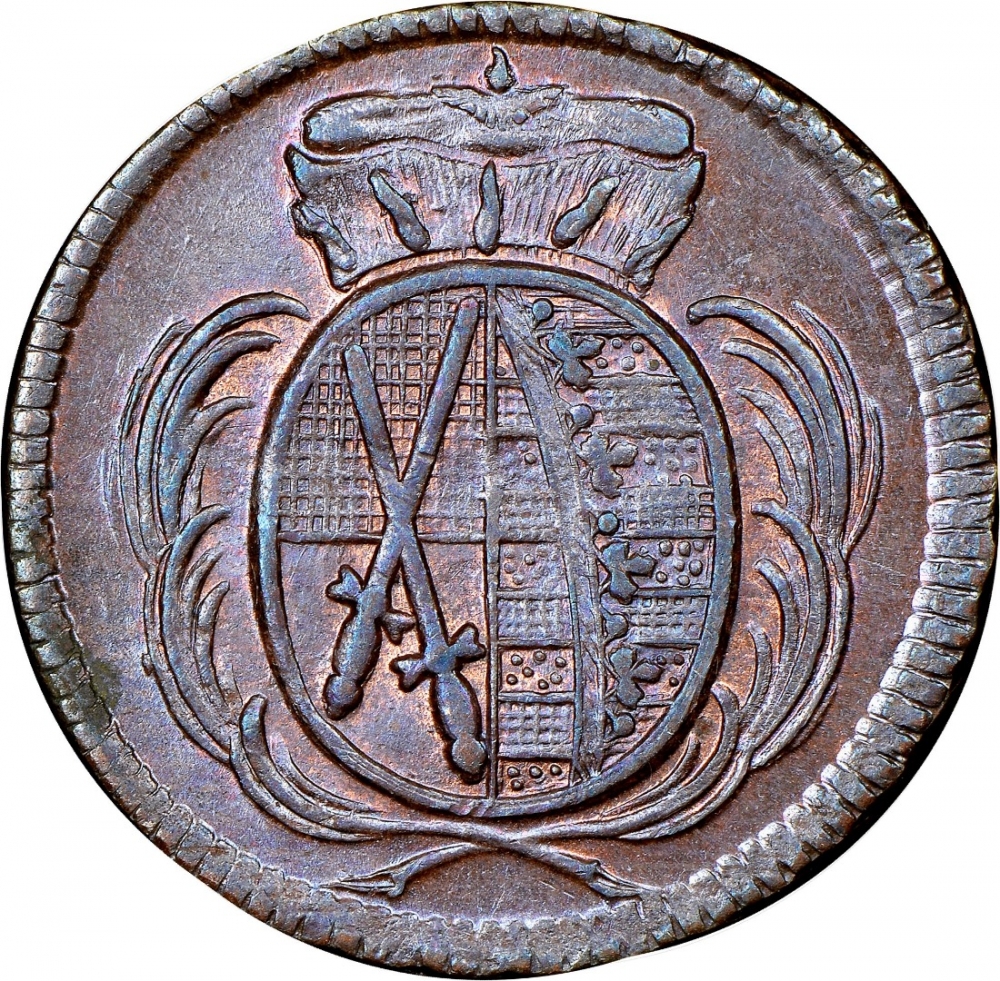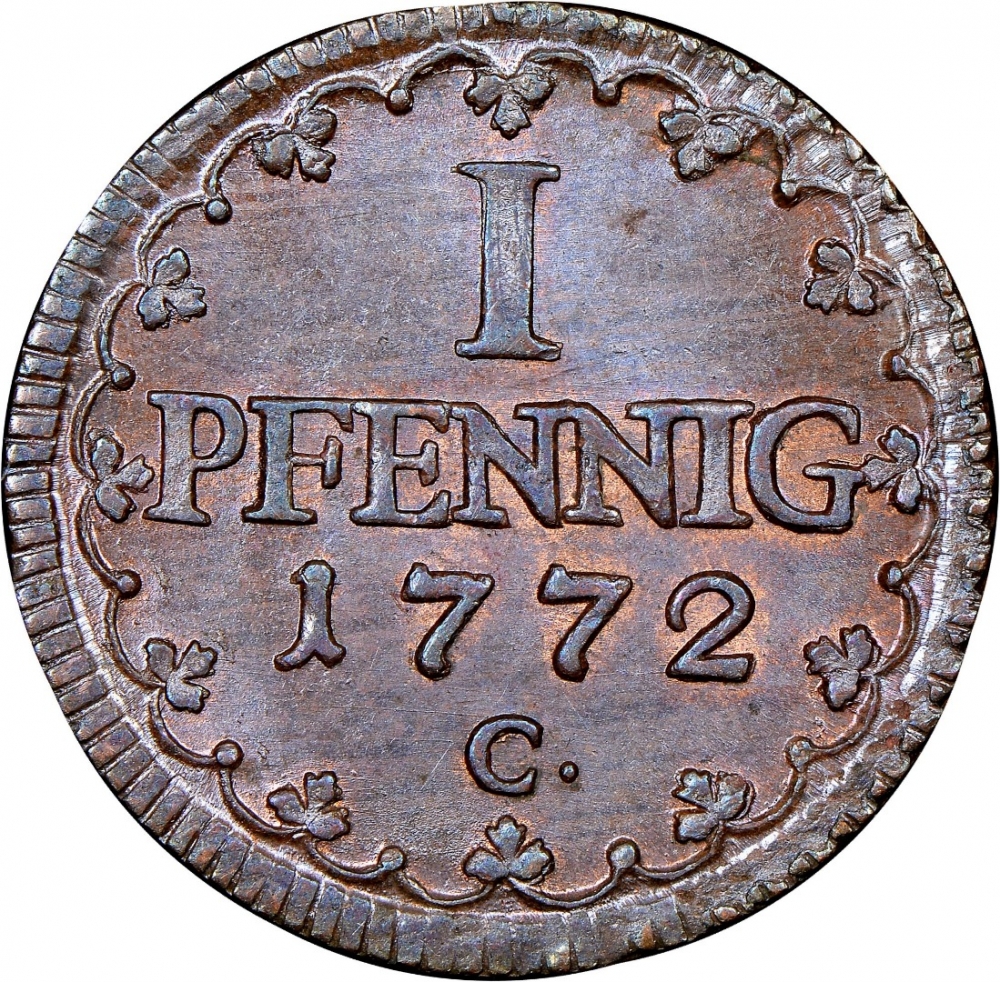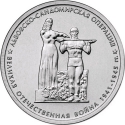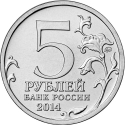You are about to finish your registration. Please check your mailbox (including spam folder). There should be a letter with a confirmation link. Check setting to make sure that your e-mail address is correct.
Send letter againDescription
The Electorate of Saxony was a state of the Holy Roman Empire established when Emperor Charles IV raised the Ascanian duchy of Saxe-Wittenberg to the status of an Electorate by the Golden Bull of 1356. Upon the extinction of the House of Ascania, it was feoffed to the Margraves of Meissen from the Wettin dynasty in 1423, who moved the ducal residence up the river Elbe to Dresden. After the Empire's dissolution in 1806, the Wettin Electors raised Saxony to a territorially reduced kingdom.
Frederick Augustus I (1750–1827) was a member of the House of Wettin who reigned as Elector of Saxony from 1763 to 1806 (as Frederick Augustus III) and as King of Saxony from 1806 to 1827. He also served as Duke of Warsaw from 1807 to 1813.
Succeeding his father in 1763 as the elector Frederick Augustus III, he brought order and efficiency to his country's finances and administration. In foreign policy, he was neutralist but drifted towards Prussia, whose side he took in the Bavarian succession dispute (1778–79), when it prevented Bavaria's cession to Austria. For his cooperation he received substantial financial compensation from Prussia. In 1785, Frederick Augustus joined the Prussian-sponsored Fürstenbund (League of Princes), but remained neutral during the Austro-Prussian dispute in 1790. Offered the Polish crown in 1791, he declined as he feared that his "risky" politics may cause further damage to the Polish state, which was already weak and eventually stopped existing in 1795. The next year Saxony reluctantly joined the coalition against Revolutionary France but was defeated by 1796. Again entering the struggle on Prussia's side in 1806, after the decisive defeat at Jena in the same year, Frederick Augustus made peace with Napoleon, which secured the title of king of Saxony for him. A year later, Napoleon secured the Duchy of Warsaw for him. Frederick Augustus remained a loyal ally to France even after the disastrous Russian campaign (1812–13). Although he had started half-hearted negotiations with Austria, he broke them off after the French victory at Lützen (May 1813). In the Battle of Leipzig (October 1813), however, his troops went over to Prussia and he was taken as prisoner to Berlin. At the Congress of Vienna in 1815, Frederick Augustus lost three-fifths of his territory to Prussia. He spent the rest of his life attempting to rehabilitate his truncated state.
Obverse

|
Depicts the coat of arms Electorate of Saxony (1356-1806) with the crossed swords of the Imperial Arch-Marshal and the green crancelin, inside a wreath of 2 branches. |
|---|---|
Reverse

|
Value above date. I |
| Edge |
1 Pfennig
Electorate
KM# 1000
Related coins
70th Anniversary of Great Patriotic War Victory (1941-1945)
70th Anniversary of Great Patriotic War Victory (1941-1945)







